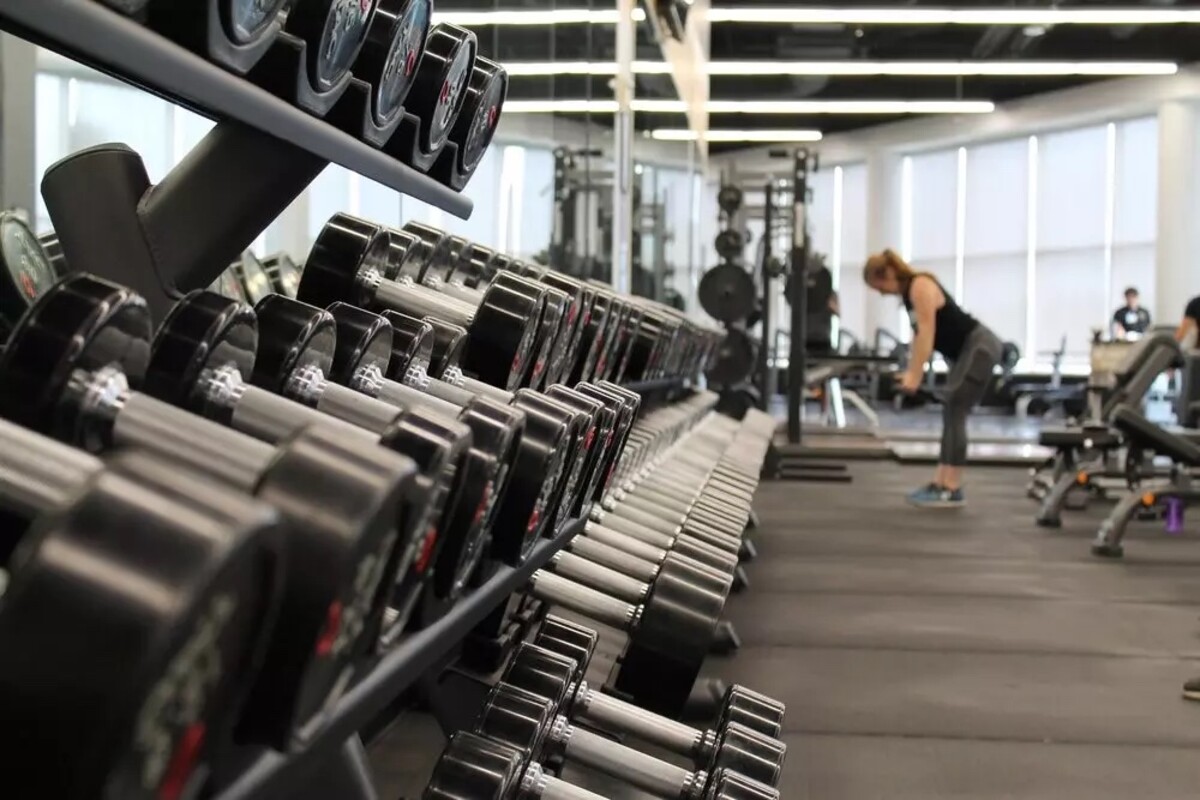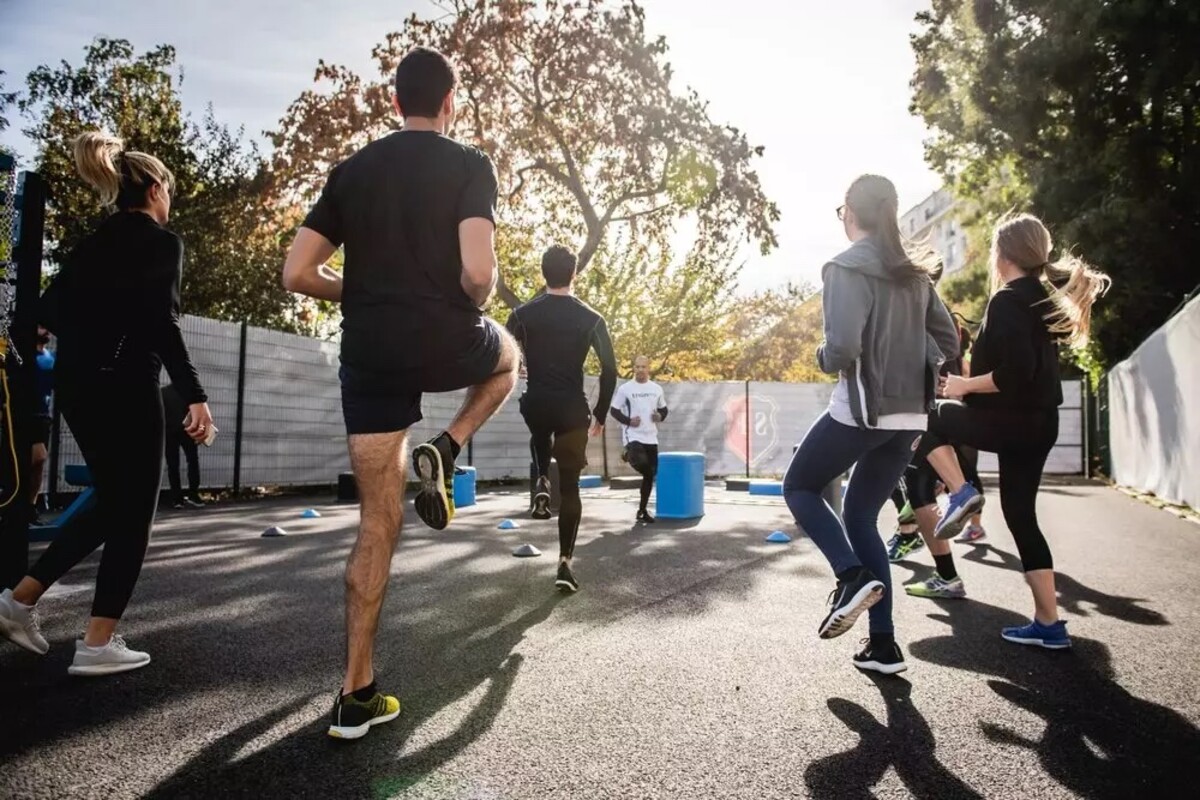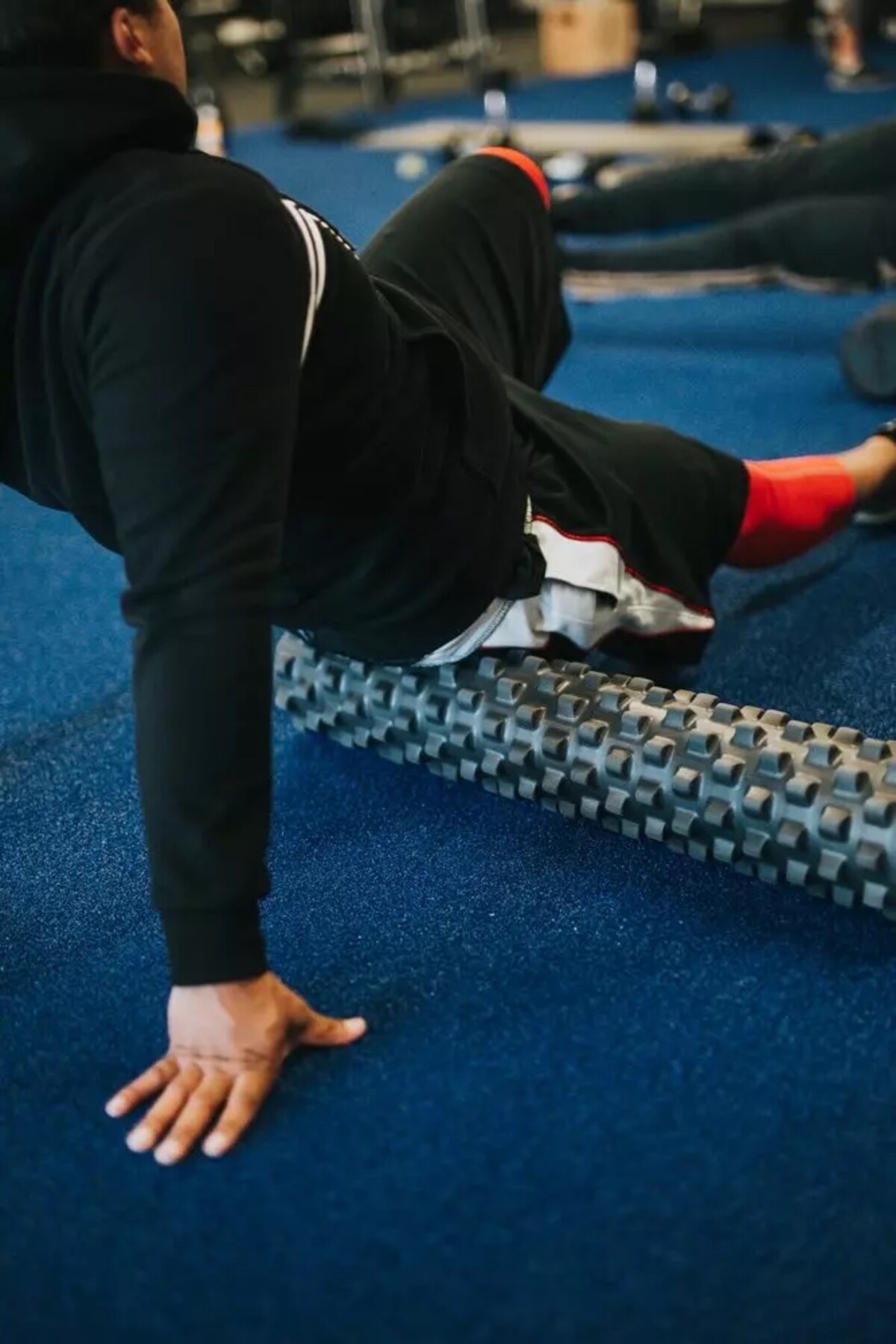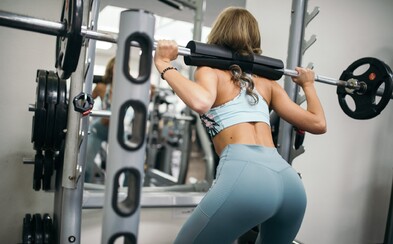 Ozempic can cause vision loss. A new study has shown a link between the drug and eye problems
Ozempic can cause vision loss. A new study has shown a link between the drug and eye problems
Ozempic can cause vision loss. A new study has shown a link between the drug and eye problems
Ozempic can cause vision loss. A new study has shown a link between the drug and eye problems
Dizziness, Headaches And Nausea During And After Training. How Do They Arise And How To Prevent Them?
Dehydration may not be the only cause of dizziness and headaches during your training. Together with a physiotherapist and a nutritionist, we found out how to prevent the most common health problems during exercise.
If problems persis, please contact administrator.

The body can sometimes become our worst enemy during training. Now it's not about the prehistoric desire to lie by the fire (or Netflix) and conserve energy. Even if you enjoy physical activity and your body is literally "doped up" with adrenaline, sometimes even a simple cramp or dizziness between sets sabotages your training.
Similar problems are not always caused by magnesium deficiency or poor drinking habits. For example, stiff muscles, pressure fluctuations or lack of calcium also play a role.
In this article, together with the experts, we will explain why these problems arise, how we can prevent them and what are the most common mistakes we make during exercise. Our questions were answered by physiotherapist Oliver Poor, who works as Education CEO at Librum, and nutritionist and trainer Erika Zajacová.

The spine may be responsible for the dizziness
If you tend to get dizzy, the gym can become a very dangerous place for you - especially if you handle heavier weights. Physiotherapist Oliver Poor tells Refresher that dizziness during exercise is experienced by many people, especially those with sedentary jobs, who start exercising after a long time and may have some hidden health problems.
There can be several causes behind unpleasant dizziness. The physical therapist says that they can occur when a stiff neck muscle presses on a blood vessel, reducing blood flow to the area. It is in the cervical spine that such small vessels are blessed.
"When people with a stiff cervical spine begin to exercise, especially if they have imperfect technique, these muscles are stressed even more. They can then press on a nerve or blood vessel and this will cause them to feel dizzy, they can have various dizziness, a feeling of falling off, tics in the hands, legs or pain shooting into the legs," explains Oliver Poor.
According to the physiotherapist, it can be aggravated (in addition to the mentioned health problems) by incorrect posture and poor exercise technique. The muscles of the cervical spine stiffen even when working on the computer or looking at the mobile phone for a long time. The simplest solution is a thorough warm-up and relaxation of all stiff areas, ideally using massage rollers.
You should drink before you start your training
Another cause of dizziness can be dehydration. Many people make the mistake of only drinking during training - it is important to replenish fluids throughout the day. "It happens that a person comes to the gym with the fact that he has been rushing around all day, to make it to the training, so he already comes to the gym with some sort of deficit. He lacks 1 to 1.5 liters of fluids, which he simply cannot catch up to, because the absorption of water is slowed down during exercise," says the physiotherapist.
To make sure that you come to the gym sufficiently hydrated, start drinking (water) an hour or two before training - for example, have 1 glass every half hour. During heavy training, you should drink 2 deciliters of water every 15 minutes. However, this is the upper limit - during moderately intense training (fitness, circuit training) you can get by with a smaller amount of water.

Nutrition expert Erika Zajacová adds that it is enough for adults to follow the feeling of thirst. "It has been proven that this type of fluid replenishment during training is sufficient - even in the summer heat and/or during intense sweating." The color of the urine, which should be light yellow, also tells a lot about (in)sufficient hydration.
"When sweating, it is advisable to replenish, together with fluids after training, the missing electrolytes, which are then excreted - especially sodium. In practice, this means eating some salty food in addition to water," adds the expert.
Fluctuations in pressure are normal
If dizziness and lightheadedness bother you, especially between sets, it may be due to a drop or fluctuation in blood pressure. In such cases, it is advisable to avoid rapid changes in position, for example, rapid alternation of standing and lying exercises.
The physiotherapist adds that during training there are generally changes in the pressure in our body. For example, during the leg press (pressure exercise for the legs), which you perform lying down, bleeding from the head can occur. When you stand up, the blood drains from your head and you feel dizzy. It also commonly happens with bench press and stronger exercises.
Oliver Poor says that it is a natural phenomenon and to reduce the unpleasant sensations, it is usually enough to follow the drinking regime. "During strength training, blood pressure values can significantly exceed normal, recommended standards. It serves to maintain the elasticity of blood vessels, which means that it is normal, even desirable, during training."
According to Erika Zajacová, it will also help to better control the intensity of the exercise, the subjective perception of the load should be kept at approximately 7 points out of 10.
"Paradoxically, in the case of low blood pressure and mild headaches, strength training can help: during training, the blood pressure temporarily increases and the headache disappears," he adds.
You should pay attention if you often experience shaking limbs or general weakness during training, which is disproportionate to the fatigue caused by training. In this case, hypoglycemia, i.e. a drop in blood sugar, may be to blame. "Then it is appropriate to evaluate the quality of the pre-workout meal, in the case of longer training sessions (lasting more than an hour), consider supplementing carbohydrates with a sports drink," advises Zajacová.
Dizziness and vertigo should not limit you in training or in everyday life. If they start to appear even during normal daily activities, you should definitely see a doctor to rule out possible diseases.
"Exertion" headache
Headache associated with physical activity is also referred to as "exertion headache" by researchers from the Cleveland Clinic. It is usually throbbing, occurs during and after exercise, and can last from minutes to days. However, it may not only be caused by strength training, but also by aerobic activity (running, cycling), strenuous coughing or even sexual intercourse.
During exertion, our veins and arteries dilate so that the body receives more blood and oxygen. Scientists believe that this increased pressure is the main cause of pain.
Oliver Poor says that apart from too much intensity of training, the cause can be the same as for dizziness, that is, a stiff neck. In that case, the same advice applies, i.e. honest relaxation of the muscles using a massage roller.

Compared to classic stretching, it has the advantage of penetrating deeper into the tissues. In addition, people do not stretch precisely enough and long enough, so stretching often does not have such an effect, adds the expert.
"If it's just a one-time thing, you have to think about what you did differently that day. That is, whether your neck was stiff because you were hanging curtains, putting goods on shelves, and so on," he explains. "Training also needs to be adapted to this. You should not repeat a lot of pressure exercises, for example pushing a barbell over yourself, rather give priority to pulling exercises."
The physiotherapist adds that in the case of long-term problems, it is appropriate to seek a physiotherapist or a doctor. "People who have stiff muscles for a long time, relax them and then go back to the same exercises, they can then stiffen those muscles even more," he points out another problem.
Pay attention to healthy fats as well
Nausea, stomach problems or feelings of vomiting during training have only two causes - inappropriately chosen diet on the day of training (or inappropriately chosen eating time) or too intense training.
In general, the key is to eat well in advance of training - so that you are not too full, but not hungry either. According to Oliver Poor, a 1- to 1.5-hour before training is ideal. According to him, visiting the gym on an empty stomach can be more harmful than beneficial.
Spicy, fried and fatty foods are hard to digest, but the nutritionist adds that we should also avoid foods rich in healthy fats before training. "Fats slow down digestion. A higher proportion of fat in the pre-workout meal can therefore cause the food to stay in our stomach longer and make our training worse."
Erika Zajacová advises that during training it is advisable to choose mainly simple, or a combination of simple and complex carbohydrates and quickly digestible proteins. "An example of easily digestible carbohydrates, which should be well tolerated about an hour before training, can be a bowl of cereal with milk, a banana or a piece of bread."
Irritation of the stomach can also be caused by very intense types of exercise, such as HIIT ("high-intensity interval training"), Tabata or Crossfit training, adds expert Poor. Anaerobic processes occur with them, so a person cannot breathe enough, a lot of lactic acid is produced and it can irritate a person. In that case, it is advisable to take more breaks and "breathe it out".
Calcium against cramps
A sharp, stabbing pain that hits you in the middle of the night or makes your workout so uncomfortable that you can't continue. A cramp usually signals that the muscle is already at the limit of its capabilities, there is accumulated tension in it and it cannot relax. Very often this happens with muscles that are already overloaded or stiff. According to experts, the reason may also be an insufficient drinking regime.
People usually solve this problem by taking one "magnesium" after another. However, magnesium may not actually be as helpful as we think. Erika Zajacová points out that calcium plays a very important role in muscle contractions. If the cramps do not go away, you should think about your diet and evaluate whether you are consuming enough dairy products. People who do not consume dairy products for various reasons should be especially cautious.

Other reasons can be, for example, a low sodium level. "Such a case occurs, for example, when we sweat too much and add sodium-free water (or salt-free, since we get sodium in our diet from table salt). Although we have enough fluids in our body, we have sweated out sodium and its level in the blood plasma is lower as a result," says the nutritionist.
A very common victim of cramps are the hamstrings, i.e. the back thigh muscles. According to Oliver Poor, this also happens in cases where this part of the body does not cooperate sufficiently with the surrounding muscles. "People who have weak glutes engage their hamstrings much more than they need to, so they build up a lot of tension just minutes into the workout."
In this case, the physiotherapist advises to monitor the intensity of the exercises, especially the isolated ones that are more critical. In practice, this may mean that if you get cramps while digging in on the machine, maybe replace them with climbs, squats or lunges.
A proper warm-up and "rolling out" with a foam roller is also key. It is ideal to relax the problem muscle regularly, not only before training. With a chronically overloaded muscle, you should definitely go to a good physiotherapist.
And what to do if you get a cramp out of nowhere during training? "Usually it will help to put weight on the limb affected by the spasm, or stretch it and wait until the spasm passes," advises Erika Zajacová. "If the cramp appeared as a result of a certain movement, avoid it in the next training session. If the convulsions are a reaction to a lack of electrolytes, it will help to simply not continue training, replenish fluids and missing electrolytes as soon as possible, and see a doctor if they occur repeatedly."
If problems persis, please contact administrator.












